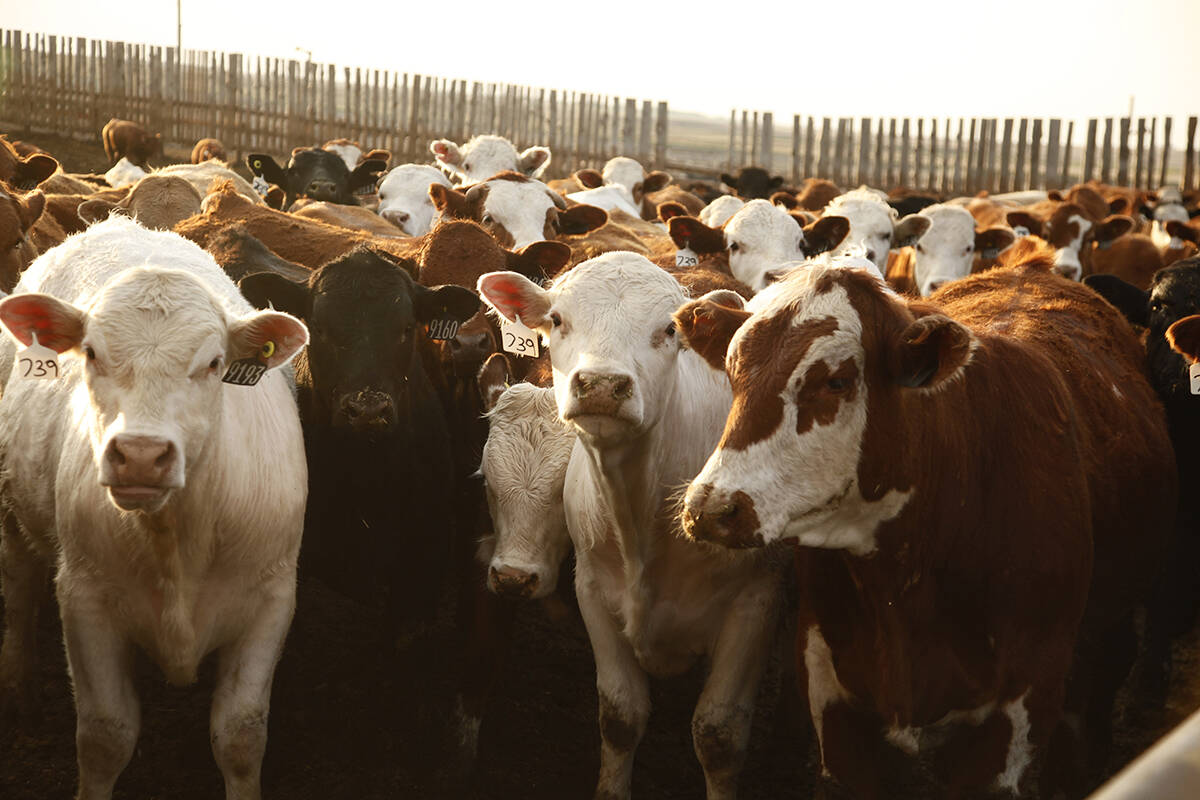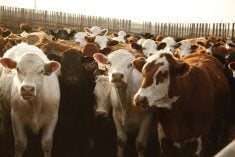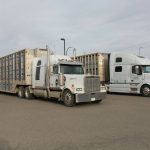A research project is assessing ways to get rid of inedible animal byproducts in an environmentally clean manner.
The project involves burning rendered material as a cheap fuel source to generate electricity.
“It is done already all over the world whether it is human garbage or animal byproducts,” said Darcy Fitzgerald, manager of the Alberta livestock industry development fund.
XL Foods and the development fund each contributed $34,000 to run test burns in Alberta and the United States in a project initiated in 2002.
Recent rule changes to keep ruminant specified risk materials out of all livestock feed supplements and pet food may encourage such project developments.
Read Also

Canada’s simplified BSE testing program shows good uptake
Going by the number of submitted material samples so far, cattle producers’ response so far to an updated national surveillance program for BSE is encouraging for Canada’s CFIA.
The challenge is achieving consensus among the livestock industry, government and private businesses on new rules for safely eliminating these products, said an XL Foods company spokesperson.
“The rendering industry remains somewhat unclear, and at the moment, a lot of the companies in rendering are having to plan for future regulations they don’t even know about yet,” said Bruce Smith at the Canadian Cattlemen’s Association convention in Calgary Aug. 18.
“Right now there are no disposal options except landfills and that is not a long-term option.”
Smith said a burning project would not likely stand alone but could be attached to a rendering operation to provide electricity and steam for cooking and washing.
Alberta has the majority of the Canadian beef processing capacity and burning rendered material could fit in the provincial environment of deregulated electricity systems. Since 2001 there is open competition for electricity generation in the province. All forms of power can feed into the power grid.
Coal fired plants are falling out of favour due to environmental considerations. Natural gas fired plants are becoming expensive and power prices are linked to escalating gas prices.
Burning 200 tonnes of meat and bone meal at 1,000 degrees C in a special furnace to drive a steam powered turbine could generate 10 megawatts of power per day. That could provide enough electricity for 10 large office buildings in downtown Calgary.















